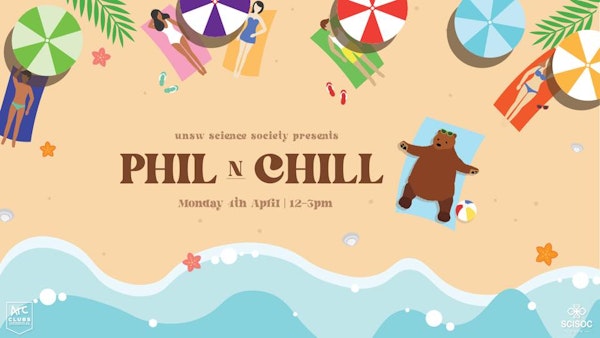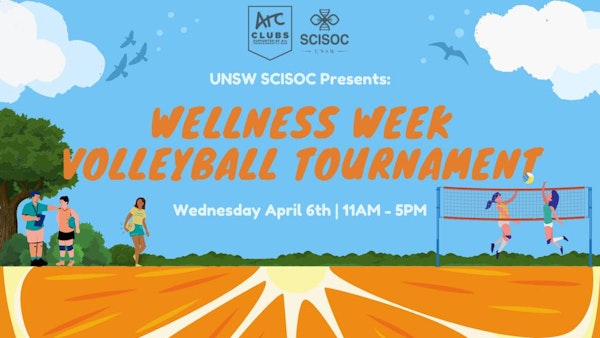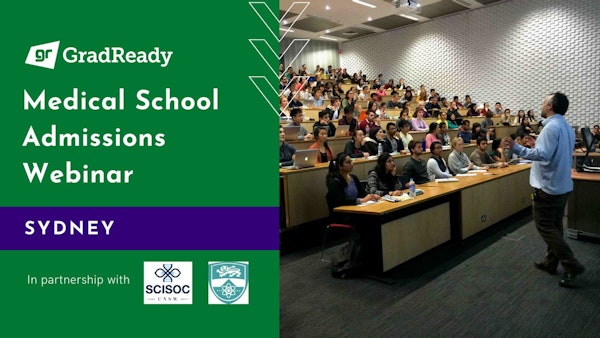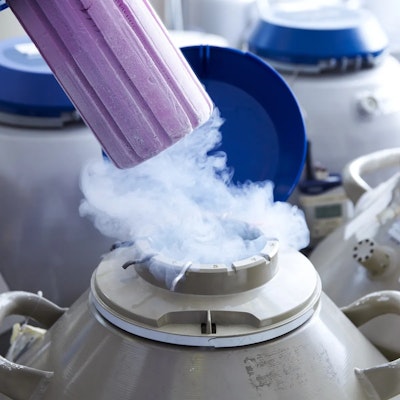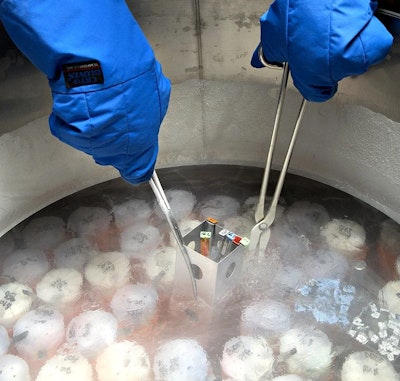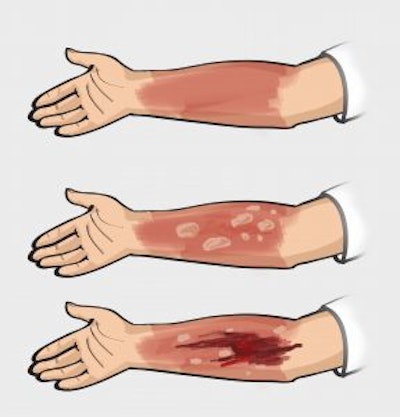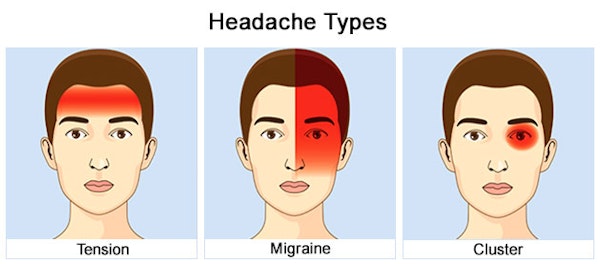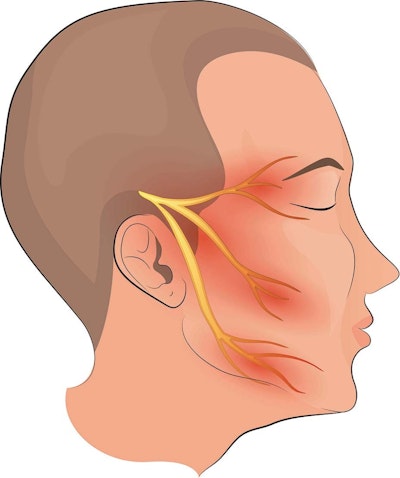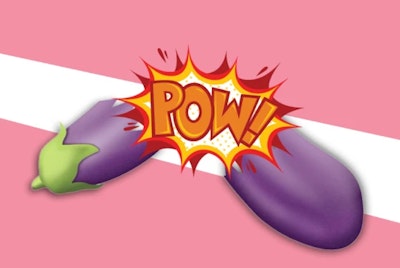Welcome back to PRISM, the SCISOC newsletter! We hope everyone has been studying well, and good luck for the rest of your exams! In this fortnight’s newsletter, we present you a recap of all our exciting Term 1 events as this semester comes to a close. In our Science News, we explore the fascinating world of sperm freezing, and finally, in our Fun Corner, we examine some of the most painful things a human can experience! |
|
|
Our annual SCISOC Camp featured a unique theme of Back to the Future, where campees embarked on a journey to save Marty at West Cambewarra. With plenty of drinks to go around and many opportunities to meet and bond with new people, the participants enjoyed a range of activities and challenges such as an amazing race and drinking games, just to name a few. This camp was a great chance to interact with others and have a good time over three days, so get keen for the next events that SCISOC will host! |
|
|
SCISOC wrapped up Wellness Week with a mentally rewarding Self-Care Drive! We gave away Self-Care packages to 10 lucky participants with goodies from our loving sponsors Pilot Pens and Adora Chocolate, nurturing the body and mind. Participants entered the giveaway by uploading a photo or video exhibiting an act of self care with our stunning Wellness Week instagram filter. Don’t fret if you’ve missed out, there will be another Self-Care Drive from SCISOC Philanthropy coming your way! Surprises are just a click away! |
|
|
This year, we hosted our first ever Phil’n’Chill event - brought to you by our amazing Philanthropy portfolio - where we provided a safe haven for students to relax and take a breather from the overwhelming exam stress. Students were able to unwind on comfy beanbags, participate in a variety of lively activities and enjoy heaps of goodies and prizes! We played music for everyone to enjoy, creating a good vibe and a comfort zone for everyone and anyone to enjoy. So look out for our next Philanthropy event and put some joy back into your life even when exams roll around! |
On the 6th of April, we held our Wellness Week Volleyball Tournament. In the spirit of Wellness Week, participants had the chance to get active and engaged before exam season, taking the first step to fitness, relaxation and fun. With plenty of prizes, delicious snacks and puzzling games, those who came had a volleyball craze! Keep your focus on the ball and see you on the court at our upcoming sporting events! |
|
|
SCISOC celebrated Easter this year with a banger party at OPM! Since people loved or missed out on the first OPM, we decided to run it back and give people another opportunity to bust a move on the dancefloor. With immaculate vibes, good music and drinks with your mates all night long, SCISOC’s Easter Party was definitely one to remember! Not to worry if you missed out yet again - make sure to catch the next SCISOC party! |
|
|
On the 3rd of May, we’re holding a Medical Admissions Webinar with current Medical students from the University of Sydney and Macquarie University to help you cover all the information out there. We’ll be highlighting the important admissions milestones and the GEMSAS admissions process and canvass the various admissions criteria for graduate medical schools across Australia. This is your chance to consolidate your understanding of the medical school admissions process and to ask all your burning questions! |
|
|
Semen cryopreservation, often known as sperm banking or sperm freezing, is a procedure done to preserve semen for future use. This is done by freezing the sperm using a special media and then keeping them in liquid nitrogen at minus 196°C. At this temperature, all biological activity is effectively stopped where the sperm cells are not metabolising or depleting their energy reserves. Meanwhile, bacteria or other microbes are unable to attack or degrade the sperm in any way because they are also unable to function at such a low temperature. With these conditions, the sperm can be stored for many years while maintaining a reasonable quality with some biologists believing that correctly frozen sperm cells in long term storage can literally last forever. |
|
|
But why would anyone want to freeze their sperm? To put it simply, life is unpredictable and there are many situations that can interfere with future fertility such as chemotherapy, certain surgeries, undergoing IVF or simply getting older. |
| |
|
As such, freezing sperm cells can be a great option to preserve an individual's chances of having a biological child. Nowadays, the process is highly effective and carries few risks. Sperm-freezing methods have improved drastically since the 1970s, with a 25%-50% success rate and studies have shown that frozen sperm can remain viable for many years, even decades. |
|
|
| Scientists reported that in 2019, the rate of live births from sperm frozen for up to 15 years were similar to rates from sperm stored for much shorter periods. |
|
|
A few clinical reports have been published on the successful use of human semen stored for longer than 20 years. Live births have been reported from artificial insemination with semen stored for 21 years and from intrauterine insemination (IUI) with semen stored for 28 years. In 2013, the birth of twins from in vitro fertilization using semen stored for approximately 40 years (between 39 years, 10 months and 40 years, 9 months) was reported. The patient became pregnant with non-identical twins and delivered two healthy girls at the gestational age of 38 weeks. The babies weighed 2.693kg and 2.948kg and have exhibited normal development to date. This represents the longest reported storage of human semen resulting in live birth recorded in the history of semen cryopreservation. |
|
|
Ever wondered what a mother goes through when they are giving birth? Well luckily for you these devices known as pregnancy simulators were created. Last week the Scisoc team got a hold of one, giving us the special honour to try it for ourselves and the results were exactly as expected. As brave and tough as some of these people were, they could not withstand the pain that travelled along their abdomen. Some described it as the worst pain they ever felt and we definitely believed them. However, that got us thinking; what is the worst pain a human can experience? Is it when she only views you as a younger brother? Is it stepping on lego? Don't fret, we’ve done our research and compiled a list of some of the most PAINFUL things we can experience. |
|
|
Being Burned A burn injury is one of the most painful injuries a person can endure however it is mainly the subsequent wound care required to treat it that is more painful than the initial trauma. |
| |
|
Severe burn injuries are commonly treated with the procedure of debriding the burned skin from an injury of intermediate depth on a daily or twice daily basis to avoid infection. This process involves (and I am gritting my teeth as I write this) scraping off the dead skin and washing the area with antibacterial agents that causes immense stinging. Deep burn injuries that lack potential to heal on their own are typically treated with skin grafts. Such wound cleaning and grafting procedures might continue to inflict pain for a period of weeks to several months!! Most pain victims will tell you the worst part is the treatment. “One of the worst realisations is that the pain only gets worse when the fire is out.” Youchhhhhhhhhhh!! |
|
|
If you think a normal headache is already a pain. Imagine it tripled and coming in clusters. Yes you read it right, clusters. Cluster headaches, which occur in cyclical patterns are one of the most painful types of headaches. The headache commonly awakens you in the middle of the night with intense pain in or around the eye on one side of your head. Bouts of frequent attacks can last from weeks to months, usually followed by remission periods when the headaches stop. Many television shows have illustrated the absolute agony people can go through, filming sufferers screaming and rolling around on the floor. People may also experience one or more of these during the cluster attack: red or watering eye, drooping or swelling of the eyelid, a smaller pupil, sweaty face, blocked or runny nose. The worst thing is that there is no cure!!
|
|
|
| Trigeminal Neuralgia This disorder that affects 1 in every 15 000 to 20 000 people will give you a bigger headache than your WAM, with people describing it to be like “lightning striking your face”. |
|
|
Your head contains 12 pairs of cranial nerves. Among these nerves are the trigeminal nerves that let you feel sensations in your face, with one nerve running down each side of your head. Each trigeminal nerve splits into 3 different branches: all which control different parts of your face. Trigeminal neuralgia may affect any of the 3 nerves meaning you could feel throbbing pain from your forehead all the way to your jaw. Even worse, some people may feel it on both sides of their face running along both trigeminal nerves, ouch.
|
|
|
| Penile Fracture (yes you heard it) |
| |
|
Penile fractures are, well, fractures in the penis. Causes of this, I’m sure you can imagine scenarios and those all probably apply. A penile fracture is more specifically a tear in the tunica albuginea, which is the rubbery tissue below the skin that allows the penis to enlarge to produce an erection. If you ever experience this, get to the hospital as soon as possible as surgery is probably required in order to prevent permanent sexual or urinary problems. As a result of a penile fracture, your penis may be sore or bruised. More symptoms include: a popping sound, sudden loss of erection, dark bruises, bent penis, blood leaks from the penis and worse. Fun fact: In certain Middle Eastern cultures, men practise taqaandan, also known as penile cracking and involves basically bending... They do this to either: deflate an unwanted erection, an attempt to enlarge or straighten their penis or just out of habit, almost like cracking your knuckles.
|
|
|
Childbirth As aforementioned, during childbirth a woman may go through various painful sensations. In early labour, contractions will become more intense and frequent over time, eventually falling into a steady pattern. These contractions during early labour usually cause the abdomen to feel tight, occasionally also causing back aches as well as pressure in the abdomen, pelvis and sensations comparable to intense menstrual cramping. |
| |
|
In active labour, you may begin feeling cramping and discomfort in your legs as the contractions lengthen in duration. As you dilate, you may begin feeling lightheaded, nauseous and experience hot flashes or chills. Once you are fully dilated and prepared to push the baby out, you might experience an intense pressure akin to the feeling of needing to poop. When pushing, some women say that the contractions hurt less than the ones before which helped them dilate. Other experiences during childbirth may include vaginal tearing, muscle pain and/or fatigue. If you’re curious about this pain, you can buy a labour pain simulator and experience it for yourself, there are levels you can adjust to so you won’t die from the get go. Speaking from experience, it feels weird using it. |
|
|
UNSW Science Society is proud to announce our continued partnership with GradReady through 2022. GradReady provides GAMSAT Preparation courses for anyone looking to pursue Medicine after they graduate.
This process starts earlier than you think, so if you’re studying medical science or just have that passion, check out what they have to offer! |
|
|
| |





